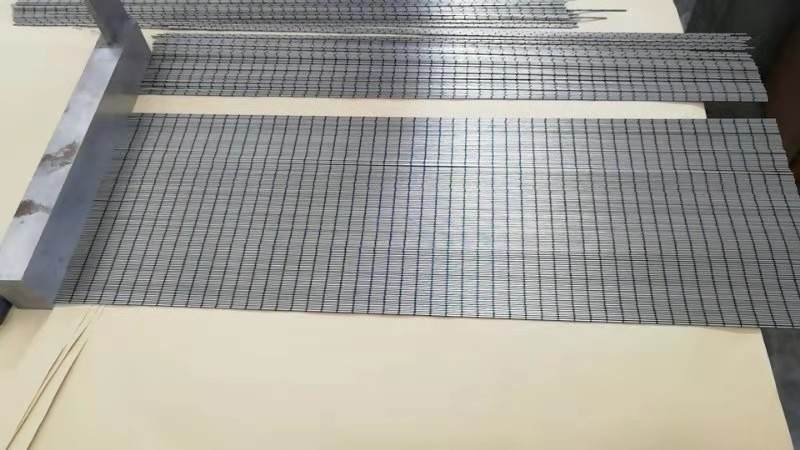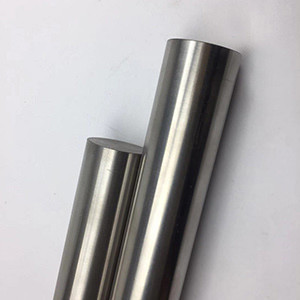There are different kinds of biocompatible metal alloys, but with the dual properties of superelasticity and shape-memory combined with excellent biocompatibility, an appropriate elastic modulus, and magnetic resonance compatibility, Nitinol has profoundly impacted medical device design. One method to tease out the contribution of Nitinol to medical devices is to look at the number of issued patents that are in some way enabled by this technology. The hypothesis was that the growth rate for Nitinol-specific patents continues to increase, and such increase is indicative of Nitinol as an enabling material for medical device innovation.
Superelasticity refers to a type of elastic response exhibited by certain materials to an applied stress. This property has been shown to be significantly beneficial and sometimes necessary in a wide variety of biomedical and dental applications. The superelastic alloy that is currently in extensive use in the medical and dental industries is the NiTi alloy, known as Nitinol. superior mechanical properties, and superelasticity ,e xcellent biocompatibility are the main advantage of Nitinol material.
NiTi orthodontic archwires, bone implants, stents, and implants and operation tools are now widely used in medical Industry.
The physical and mechanical metallurgy of Nitinol (Ni-Ti) as it pertains to the alloy's use in medical devices. As such, the focus is on superelasticity rather than thermal shape recovery. Pertaining to the demands of medical devices, and in particular to cardiovascular devices, the benefit of this alloy is multifaceted, beginning with an unprecedented 11% springback strain, dramatic kink resistance, and a unique “biased stiffness.” The growth of medical applications based on Nitinol unique properties has been so fast that much of the supporting science has been left behind, particularly as it relates to modeling and lifetime prediction. The latter of these is particularly evident because Nitinol is generally used to preserve native physiological response, and as such, is exposed to strains that preclude the use of conventional metals. Examples of this include heart valve frames, peripheral vascular stents, and devices for treating stroke.
Ni-rich TiNi SMAs showed a much higher stress plateau with enough of a shape recovery rate than conventional ingot metallurgy TiNi alloys used in commercial stent devices. The improvement of the plateau stress of TiNi alloys successfully reduced the thickness of the stent and resulted in the preparation of thin-walled stents with high radial expansion force. When inserting the stents made of TiNi alloy into the blood vessels of pigs, no change in the expanded stent profile was found. In-stent occlusion never occurred 28 days after the placement of the stents. They also had good biocompatibility and caused no physical damage to the vessels because of no significant inflammation in the stent samples.
The complete text of issued United States and Europe patents was analyzed to determine the contribution of Nitinol to the development of medical devices The rate of increase with Nitinol-specific patents was determined. We determined that roughly one in six of all issued medical device patents mention Nitinol.
As the development and Nitinol medical technology,esperically the improvement of production technology of Chinese manufatory, more nitinol medical products will help the patients recover.


